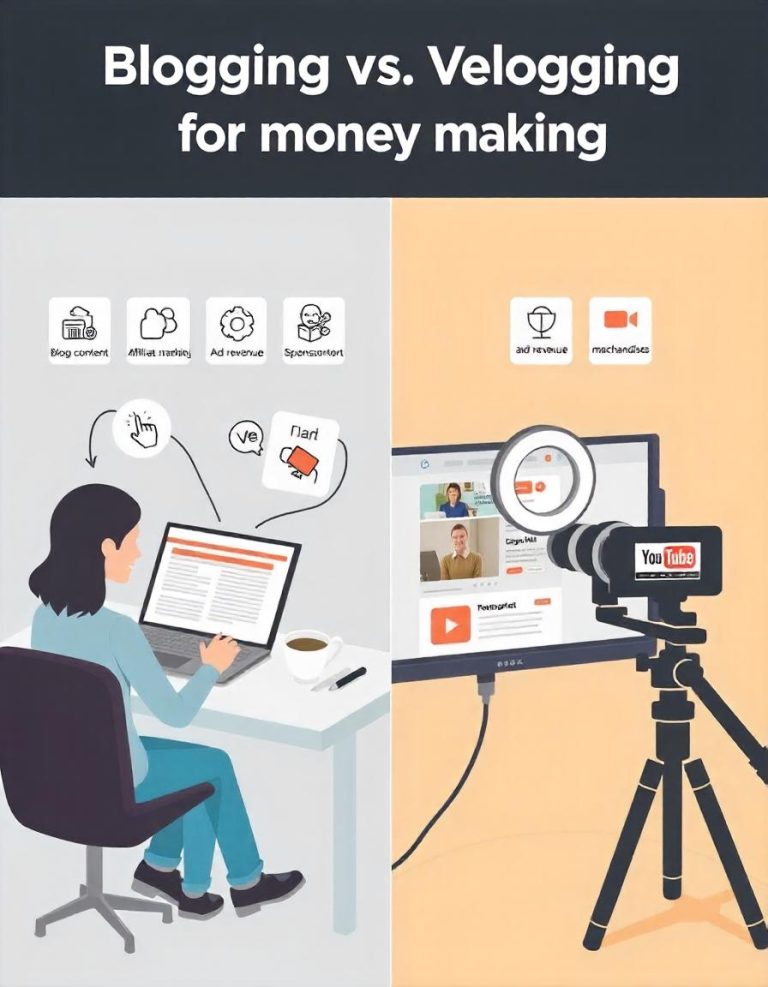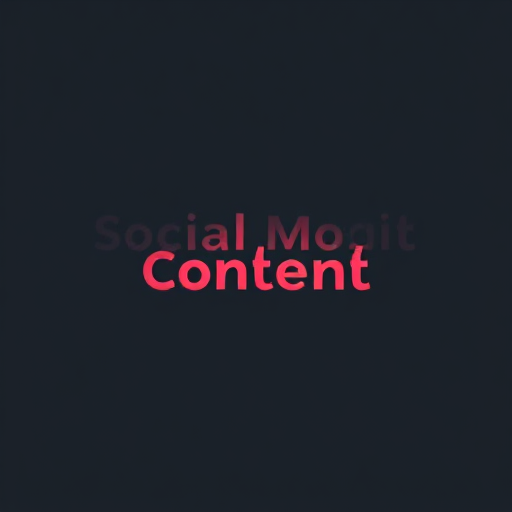Blogging And Microblogging: Understanding The Difference
Blogging
Blogging refers to the creation and publication of longer, in-depth content on a personal or professional website or blog. Blogs can range from personal diaries to professional content hubs covering a wide array of topics. Blogs typically feature articles or posts that are more detailed, offering comprehensive insights, guides, or stories.
Make Money in 7 Days as an Entertainment Blogger and Affiliate Marketer – The Easy Way
Key Features of Blogging:
- Content Length: Blog posts tend to be longer, usually ranging from 500 to 2,000 words, or more.
- Format: Blogs often include a combination of text, images, videos, and other media, structured to give readers an informative or entertaining experience.
- Engagement: Blogs provide space for readers to interact through comments or by sharing posts on social media.
- Monetization: Bloggers can monetize their sites through ads, sponsored content, affiliate marketing, and selling products or services.
- SEO: Blogs are often optimized for search engines to improve visibility and attract organic traffic.
Microblogging
Microblogging is a form of blogging that focuses on short, concise content that’s usually shared in smaller, bite-sized posts. Microblogging is designed for quick updates, thoughts, and reflections. Popular microblogging platforms like Twitter (X) or Tumblr allow users to share short messages, links, images, or videos, making it a more immediate and easily digestible form of content.
Find Out How To Make Money As A Full-Time Writer/Blogger Guide
Key Features of Microblogging:
- Content Length: Microblog posts are typically short, ranging from a few words to a few hundred characters.
- Format: It often focuses on text-based posts, but can also include multimedia like images, gifs, and short videos.
- Engagement: Microblogs encourage real-time interactions, with easy likes, comments, and shares, making them more interactive and immediate than traditional blogs.
- Reach: Microblogging platforms are often more social-media-driven, reaching large audiences quickly due to viral sharing and trending topics.
- Frequency: Microblogging allows for frequent, real-time updates, allowing users to post multiple times a day.
Differences between Blogging and Microblogging
- Content Length: Blogging typically involves long-form content (500+ words), whereas microblogging focuses on short, punchy posts (usually under 280 characters).
- Platforms: Blogs are usually hosted on personal websites (WordPress, Medium, etc.), while microblogging takes place on social platforms like Twitter (X), Tumblr, and Instagram.
- Audience Engagement: Blogging allows deeper engagement and discussion with comments and longer form content, while microblogging tends to encourage faster, more frequent interactions through likes, shares, and retweets.
- Purpose: Blogs are used for detailed storytelling, tutorials, and opinion pieces, while microblogs are more suited for sharing quick thoughts, news, and moments.
- Monetization: While both can be monetized, blogs tend to generate revenue through ads, affiliate links, and products, whereas microblogging may rely on brand sponsorships, influencer marketing, or self-promotion.
How to Earn Money Online – The Ultimate Guide to Financial Freedom!
While blogging is ideal for detailed content and longer storytelling, microblogging is a powerful tool for short, snappy updates and real-time engagement with audiences. Both forms offer unique ways to connect with readers, but they differ greatly in terms of content, platforms, and engagement style. Many creators use both, combining the depth of blogs with the immediacy of microblogs to reach their audience in varied ways.







